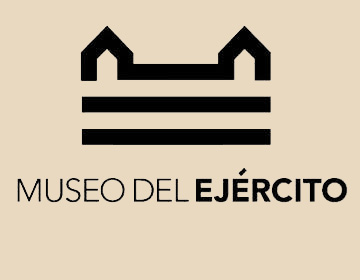Instruments and equipment
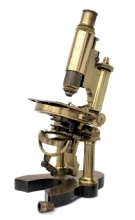
The collection of instruments and equipment is one the richest and more varied of the museum’s collections, both in number and heterogeneity, composed by an eclectic set of more than 500 items, counting equipment, instruments and military gear.
Besides musical instruments, gramophones and radio receptors, records, magnetic tapes, etc., another ensemble is composed by scientific instruments (for navigation, flight, optics, geophysics…) and laboratory objects and technological materiel, which have an eminently practical function, to be used as equipment aimed at facilitating military activities.
This collection is composed by a great variety of objects, from drawing instruments (used by the Blue Division in their Russian campaign), to compasses from the 19th c. used to measure artillery projectiles; or heliographs and microscopes like the one that belonged to Santiago Ramón y Cajal (a Military Health Corps Captain who took part in the Cuban campaign); or the famous cipher machine Enigma used in Europe since 1920, and in the Civil War, to decode encrypted messages. All these pieces represent the result of the contribution of the Army to the scientific and, especially, technologic progress of a country where the Engineers Academies would turn into training centers where certain technical or scientific skills could be acquired (architecture, drawing, mathematics, construction, cartography, etc.) and depict, as well as the models and mock-ups do, the Spanish soldiers’ expertise along the last centuries, although certain instruments are usually of foreign manufacture.
The collection of equipment presents a variety of objects which conforms a noteworthy testimony of all those utensils necessary for war campaigns, such as horse saddles; military health gear (first aid kits, surgical tools, medicine jars…); miner engineers gear (axes, hammers…); precision gear, scales, balances; checking and night inspection and detection gear, radiation or submarine detection; aspects maybe not that well known about the activities involved by military life, which unite technical and scientific precision and, sometimes, aesthetics (luxury saddles “Spanish style”) at the service of military efficacy and effectiveness.
Images
-
Feldernspreche 33 German field telephone manufactured by Siemens
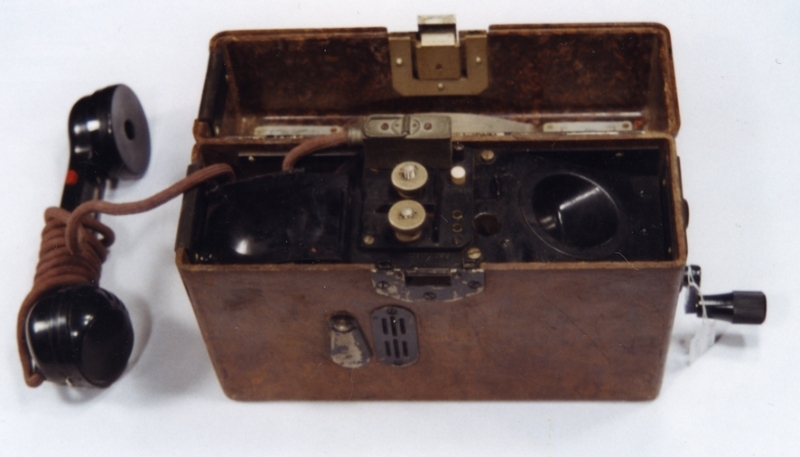 1938
1938 -
German cipher machine “Enigma”
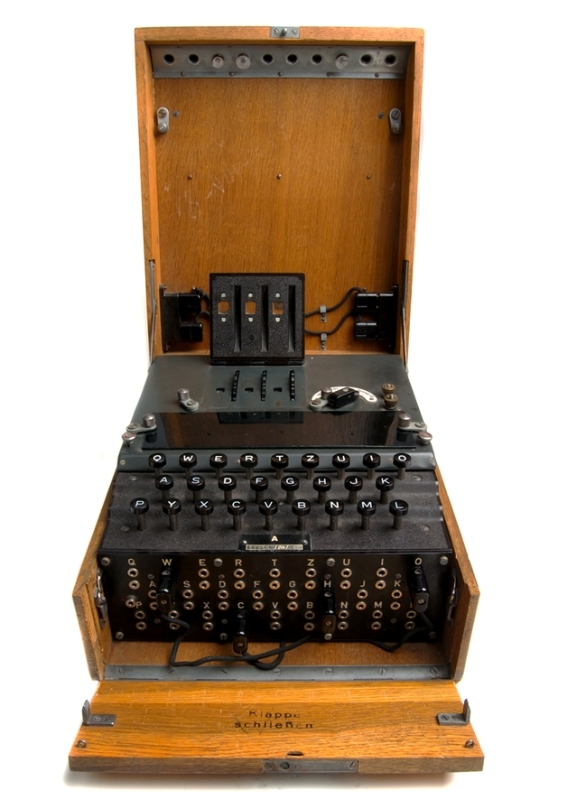 1920-1930
1920-1930 -
Pyramid-shaped gage
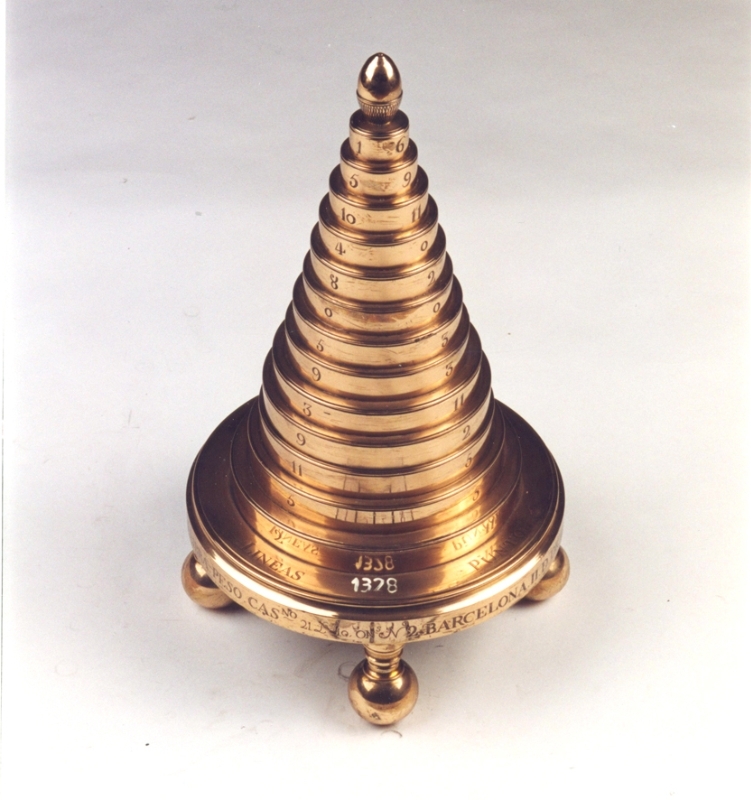 1804
1804 -
Microphone used by General Queipo de Llano y Sierra to broadcast from Unión Radio Sevilla
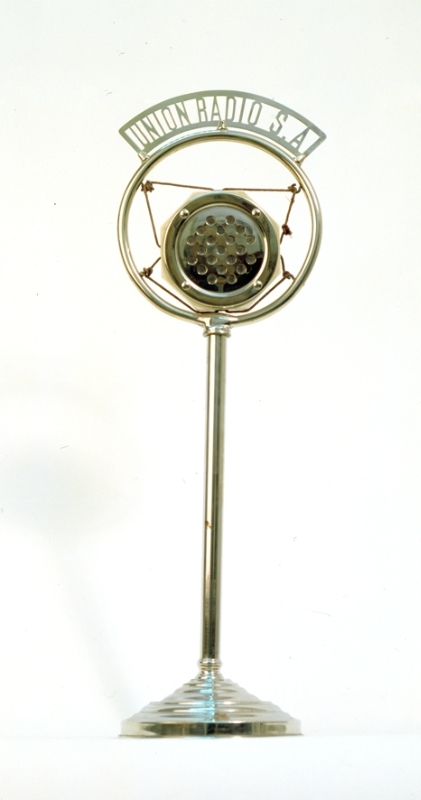 1930
1930
